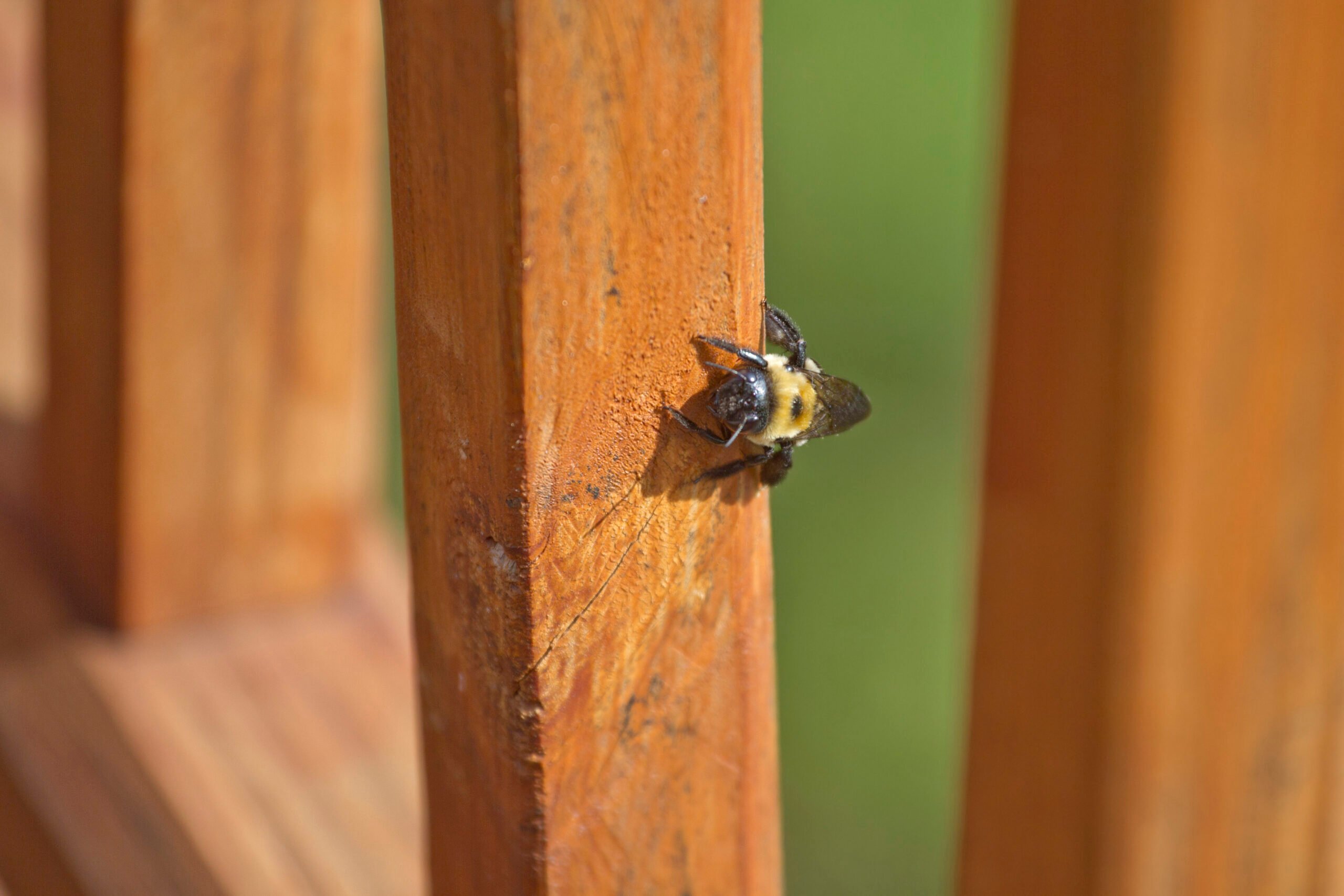As winter fades and the days grow longer, many of us are eager to welcome spring. Unfortunately, warmer temperatures also bring out pests that have either hibernated in the walls of our homes or sought shelter to escape the cold. If you’re in Northern Ohio or Southeast Michigan, this seasonal shift can mean an unwelcome increase in spring pest activity. So, why are you seeing more pests now that winter is ending, and what can you do to keep them at bay?
Why Am I Seeing More Pests Now That Winter Is Ending?
As temperatures rise, pests like ants, spiders, and rodents become more active. During winter, many pests find warm spots in basements, attics, walls, or even around insulation to stay out of the cold. In March, these pests reemerge, driven by instinct to seek food, water, and shelter to sustain them through the coming months. Some common spring pests include:
- Ants: Ants often appear in homes as soon as temperatures warm up. Many ant species overwinter in walls or foundations, emerging in spring to forage. Homeowners may see long trails of ants heading toward food sources or nesting in warm, moist areas.
- Spiders: While spiders are often dormant during winter, they become active in spring to mate and hunt for prey. Many spider species can thrive in homes year round, taking advantage of undisturbed corners and the increased presence of other insects.
- Rodents: Mice and rats commonly seek shelter indoors when temperatures drop. With spring on the horizon, they may become more noticeable as they look for food and expand their territory. Rodents are not only a nuisance but can also carry diseases and create structural damage by gnawing on wood, wires, and insulation.
Identifying the Warning Signs of Spring Pests
Knowing what to look for can help you address a pest problem early. Here are a few signs of common spring pests:
- Ant trails: Ants often travel in long lines, heading toward food or water. You might spot them along baseboards, countertops, or near entry points like windows and doors.
- Spider webs and egg sacs: Spiders typically leave webs in corners, behind furniture, and near windows. You might also see tiny, round egg sacs, which signal future spider infestations if not removed.
- Rodent droppings and chewed materials: Rodents leave droppings around food sources and travel routes, typically dark and small. You may also notice gnaw marks on wood, wires, and food containers, along with nests made from shredded paper or fabric.
Preventing Spring Pest Infestations
Taking proactive steps to safeguard your home from spring pests can reduce the chances of a full blown infestation. Here are some prevention tips to keep pests out as the weather warms up:
- Seal Entry Points: Inspect your home’s exterior for cracks, gaps, and other entry points. Sealing holes around windows, doors, and foundations can prevent ants, spiders, and rodents from gaining access.
- Eliminate Moisture Sources: Spring pests are often attracted to water. Fix leaky pipes, address condensation issues, and use a dehumidifier in damp areas like basements to make your home less appealing to pests.
- Store Food Properly: Pests are drawn to easy food sources. Store all pantry items in sealed containers, and avoid leaving crumbs or pet food out overnight.
- Regularly Clean and Declutter: A clean home is less inviting to pests. Dust regularly, vacuum crevices, and declutter to reduce hiding spots for spiders and rodents.
- Trim Vegetation Near Your Home: Overgrown bushes and trees near your foundation can provide easy access points for pests. Keep vegetation trimmed and store firewood away from the house.
Keep Your Home Pest Free This Season
If you’re struggling to manage spring pest invasions, reach out to the experts. At Delving Pest Control, we provide discreet, professional pest control services to safeguard your home against unwanted visitors. Whether you’re dealing with ants, spiders, or rodents, our team is ready to help you tackle the spring pest surge. Contact us today for customized solutions to keep your home pest free all year long.








